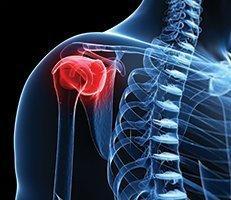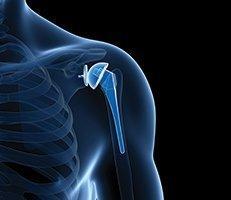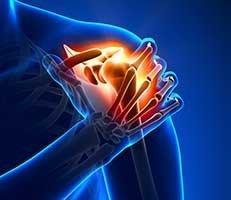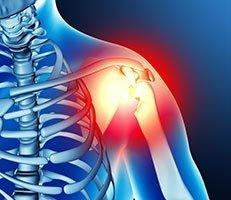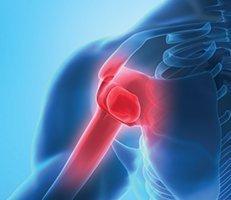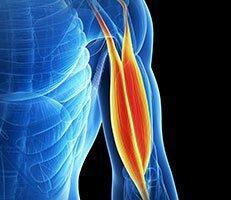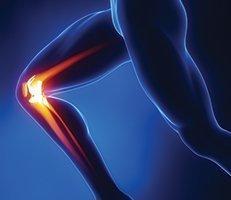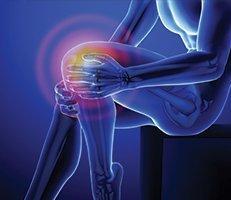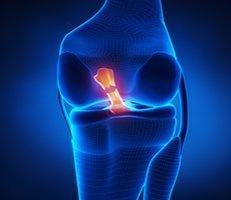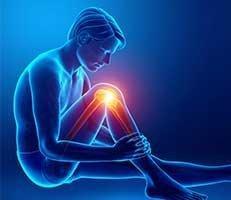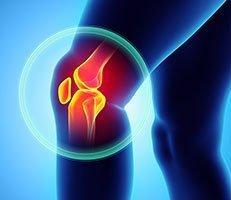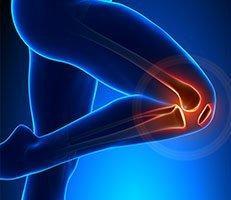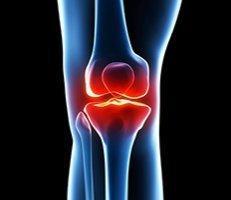The shoulder is the most flexible joint in the body; it helps move your arm in any direction. However, the flexibility and increase in motion makes your shoulder less stable and more susceptible to injury.
Chronic Shoulder Instability Symptoms
Ligaments, muscles and bone hold the shoulder’s ball and socket joint together. When the ligaments, muscles or bone become overstretched, overused or injured, the shoulder becomes unstable. Shoulder instability occurs when the head of the upper arm bone is pushed out of the shoulder socket.
Shoulder Instability Causes
The most common cause of shoulder instability is impact trauma. Athletes who engage in contact sports like football, rugby or lacrosse are at a greater risk for shoulder instability. Also, household or occupational trauma such as falling down the stairs, falling from a height, or falling off a bicycle can cause shoulder instability.
Shoulder instability symptoms include:
- Feeling like your shoulder may dislocate or pop back into place
- Numbness or tingling sensation in the arm
- May experience a popping, squeaking, or clicking noise while performing certain shoulder movements
Shoulder Dislocation Symptoms and Causes
Shoulder dislocation is when the top of your arm bone (humerus) moves out of place in your shoulder. The top of your humerus is shaped like a ball and fits nicely into the ball-shaped socket created by your scapula.
Shoulder dislocation can occur in a variety of ways:
- A severe hit to the back of your arm
- Falling on an outstretched arm
- Rolling onto your outstretched arm while you sleep
- A hard pull on your arm
- Swinging your arm forcefully over your head
Symptoms of a shoulder dislocation can include:
- Weakness, loss of feeling or tingling sensation
- Pain in the shoulder when dislocated
- Redness and swelling
- Increase in pain when you increase shoulder movements
If you think you might be suffering from chronic shoulder instability, contact Dr. Millstein today to learn about treatment options.

